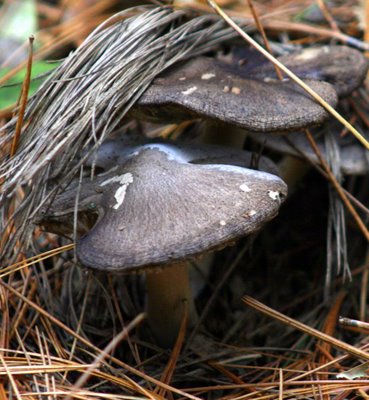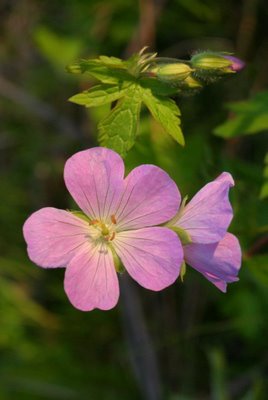 I found several of these in Hamilton, Ontario, Canada on a penninsula of land that jutted into a bay that was used for huge ships loading and unloading cargo. I am sorry the geese died. I'm not sure what was responsible for their demise, but I was happy to find the skulls. They have not been cleaned.
I found several of these in Hamilton, Ontario, Canada on a penninsula of land that jutted into a bay that was used for huge ships loading and unloading cargo. I am sorry the geese died. I'm not sure what was responsible for their demise, but I was happy to find the skulls. They have not been cleaned.This picture was part of the "first light" series from my new camera, Giovanna. I was using the big flash from my big cameras on her.


















